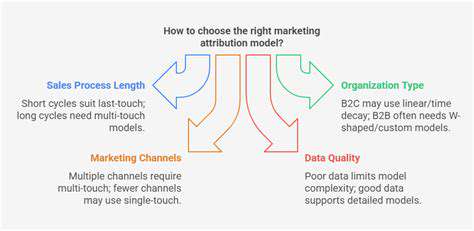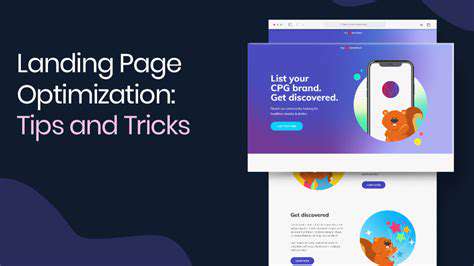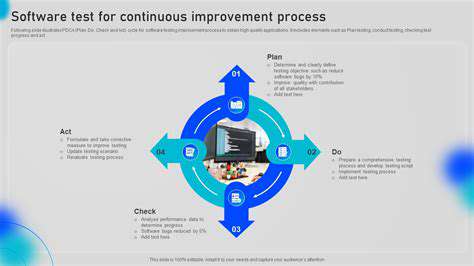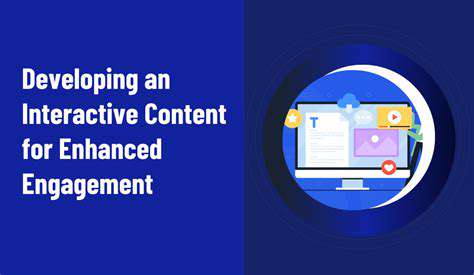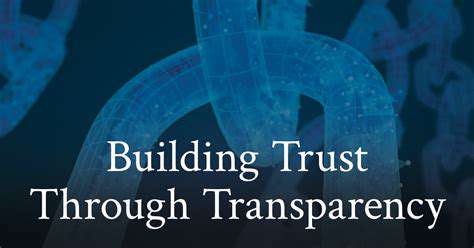Mobile First Web Design for User Engagement

Optimizing for Speed and Performance: Key to Engagement
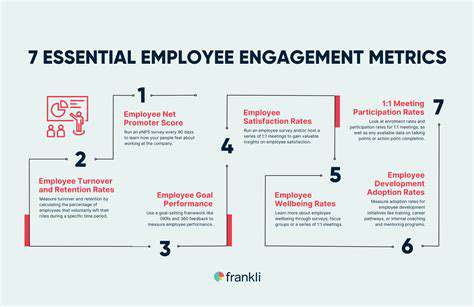
Optimizing for Fast Loading Times
Website speed optimization isn't just a technical concern—it's a critical factor in user satisfaction. When pages take too long to load, visitors quickly lose patience, often abandoning the site entirely. In today's digital landscape, users demand near-instantaneous responses; even minor delays can drive them to competitors. To keep audiences engaged, developers must prioritize reducing loading times through proven methods.
Effective approaches include compressing visual assets, leveraging caching mechanisms, and distributing content through global networks. These solutions work together to create a smooth browsing experience that keeps users on your site longer.
Image Optimization Strategies
Visual content frequently impacts performance more than any other element. Unoptimized, high-resolution images can cripple even powerful servers and frustrate mobile users with limited bandwidth. Modern formats like WebP offer superior compression without noticeable quality loss, while responsive delivery ensures each visitor receives appropriately sized assets for their device.
Advanced techniques include lazy loading, which defers off-screen image loading until needed, and automatic format selection based on browser capabilities. These methods significantly reduce initial page weight while maintaining visual appeal.
Leveraging Browser Caching
Caching transforms repeat visits by storing static resources locally. This approach creates near-instant loading for returning visitors while dramatically decreasing server load. Proper cache configuration requires careful planning—setting appropriate expiration times ensures users receive updates when content changes while benefiting from cached resources when appropriate.
Implementing cache policies involves setting HTTP headers correctly and sometimes using service workers for progressive web applications. These technical details may seem minor, but their impact on perceived performance is substantial.
Content Delivery Networks (CDNs)
Geographical distance creates latency, which CDNs eliminate by distributing content globally. By serving assets from locations physically closer to users, these networks can cut loading times by half or more for international audiences. This solution becomes increasingly vital as websites attract visitors from diverse regions.
Modern CDNs offer additional benefits like DDoS protection, intelligent routing, and edge computing capabilities. These features make them invaluable for businesses operating at scale.
Code Minimization and Compression
Efficient code delivery involves stripping unnecessary characters and compressing what remains. Minification tools remove comments, whitespace, and redundant code without affecting functionality. Combined with gzip or brotli compression, these techniques can reduce file sizes by 60-80%, directly improving transfer times.
Frontend build processes should automate these optimizations, ensuring every deployment delivers lean, production-ready assets. This automation prevents human error while maintaining development flexibility.
Database Optimization
Backend performance hinges on efficient data management. Poorly structured queries or unindexed tables can create bottlenecks that no frontend optimization can overcome. Regular database maintenance, including index optimization and query analysis, ensures rapid data retrieval.
Advanced techniques like read replicas or in-memory caching can further enhance performance for high-traffic applications. These solutions become particularly important as user bases grow and data volumes increase.
Server-Side Optimization
Server configuration profoundly impacts performance. Choosing appropriate hosting solutions and optimizing server software can mean the difference between sluggish and snappy response times. Techniques like opcode caching for PHP or worker tuning for Node.js can dramatically improve throughput.
Modern hosting solutions offer auto-scaling, load balancing, and advanced caching at the server level. These features help maintain consistent performance during traffic spikes or growth periods.
Read more about Mobile First Web Design for User Engagement
Hot Recommendations
- Senior Travel Discounts and Deals
- Personalized Travel for Different Seasons and Climates
- Honeymoon Destinations: Romantic Getaways for Newlyweds
- Mythical Places: Journeys to Legendary Locales
- The Future of Travel Agents in an Automated World
- Sustainable Design for Tourist Infrastructure
- Combatting Illegal Wildlife Trade Through Travel Awareness
- The Best Beaches for Relaxation and Sunbathing
- Marine Conservation: Diving into Responsible Ocean Travel
- Measuring the Social Impact of Tourism

